简体中文
繁體中文
English
Pусский
日本語
ภาษาไทย
Tiếng Việt
Bahasa Indonesia
Español
हिन्दी
Filippiiniläinen
Français
Deutsch
Português
Türkçe
한국어
العربية
Trading Market Profile: A Clear and Practical Guide
Abstract:Market Profile is a powerful trading tool that clearly shows where market activity concentrates—enhancing your trade decisions and timing.
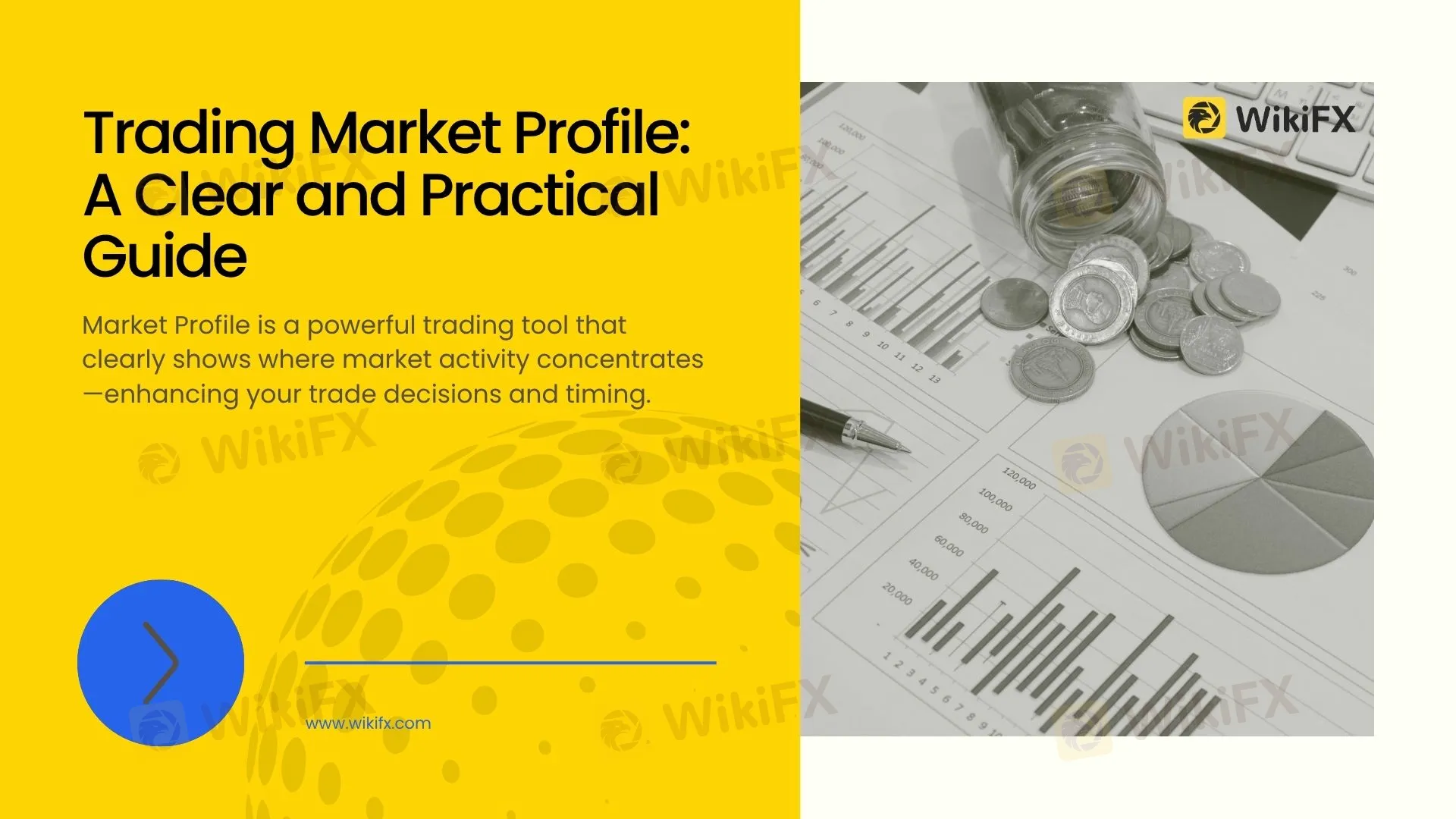
What is Market Profile?
Market Profile is a charting method used by traders to understand how the market perceives value at different price levels. Unlike traditional charts, which mainly track price changes over time, Market Profile charts clearly display how much trading activity (volume or time spent) occurs at each price level.
This method helps traders visualize important price zones, indicating where buyers and sellers most actively agree upon a fair price. By knowing these levels, traders can better judge future market movements.
Key Concepts You Need to Understand
When using Market Profile, there are a few essential terms that traders must grasp clearly:
Value Area (VA):
This represents the price range within which approximately 70% of the days trading activity occurs. Traders see this range as the “fair” area where most market participants agree on price value.
Value Area High (VAH) and Value Area Low (VAL):
These are the upper and lower boundaries of the Value Area, respectively. Prices at these levels often act as strong resistance (VAH) or support (VAL), guiding traders on potential trade entries or exits.
Point of Control (POC):
The POC is the price at which the market spent the most time trading or had the highest volume during the session. The market frequently returns to this price level, making it critical for analysis.
Understanding these concepts allows traders to recognize market conditions clearly and identify strong price levels for potential trades.
How Does a Market Profile Chart Actually Look?
Unlike candlestick charts, Market Profile charts visually organize price levels vertically. At each price, letters or blocks indicate periods of trading activity. The more letters or blocks at a certain price, the longer the market stayed or traded at that level, highlighting its importance.
For example, a simple Market Profile shape might resemble a bell curve, indicating that most trading activity was concentrated around a central price (POC). A “thin” area with fewer blocks means the market quickly rejected those price levels, showing less acceptance.
By examining these charts, traders quickly identify price levels of high acceptance (value areas) and low acceptance (rejected prices).
Practical Trading Strategies with Market Profile
Lets consider some practical ways to use Market Profile effectively:
Trading in a Balanced Market (D-shaped Profile)
When Market Profile forms a symmetrical “D-shape,” this indicates a balanced market. Neither buyers nor sellers dominate, so price moves within a well-defined range.
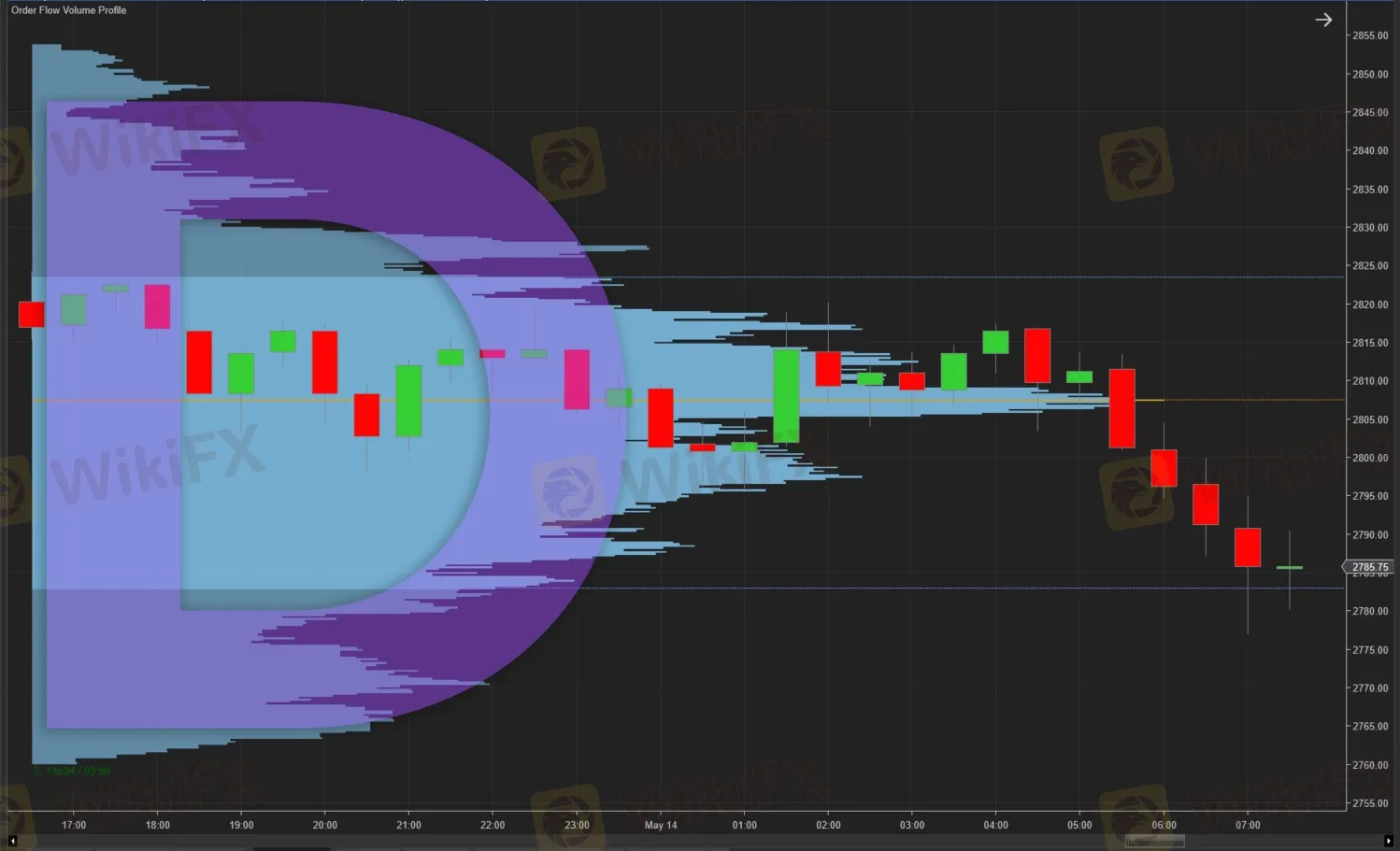
Traders typically approach such conditions by selling near the Value Area High and buying near the Value Area Low. Because the market sees these extremes as unfair prices, it naturally tends to revert toward the Point of Control.
Trading Trending Conditions (P-shaped and b-shaped Profiles)
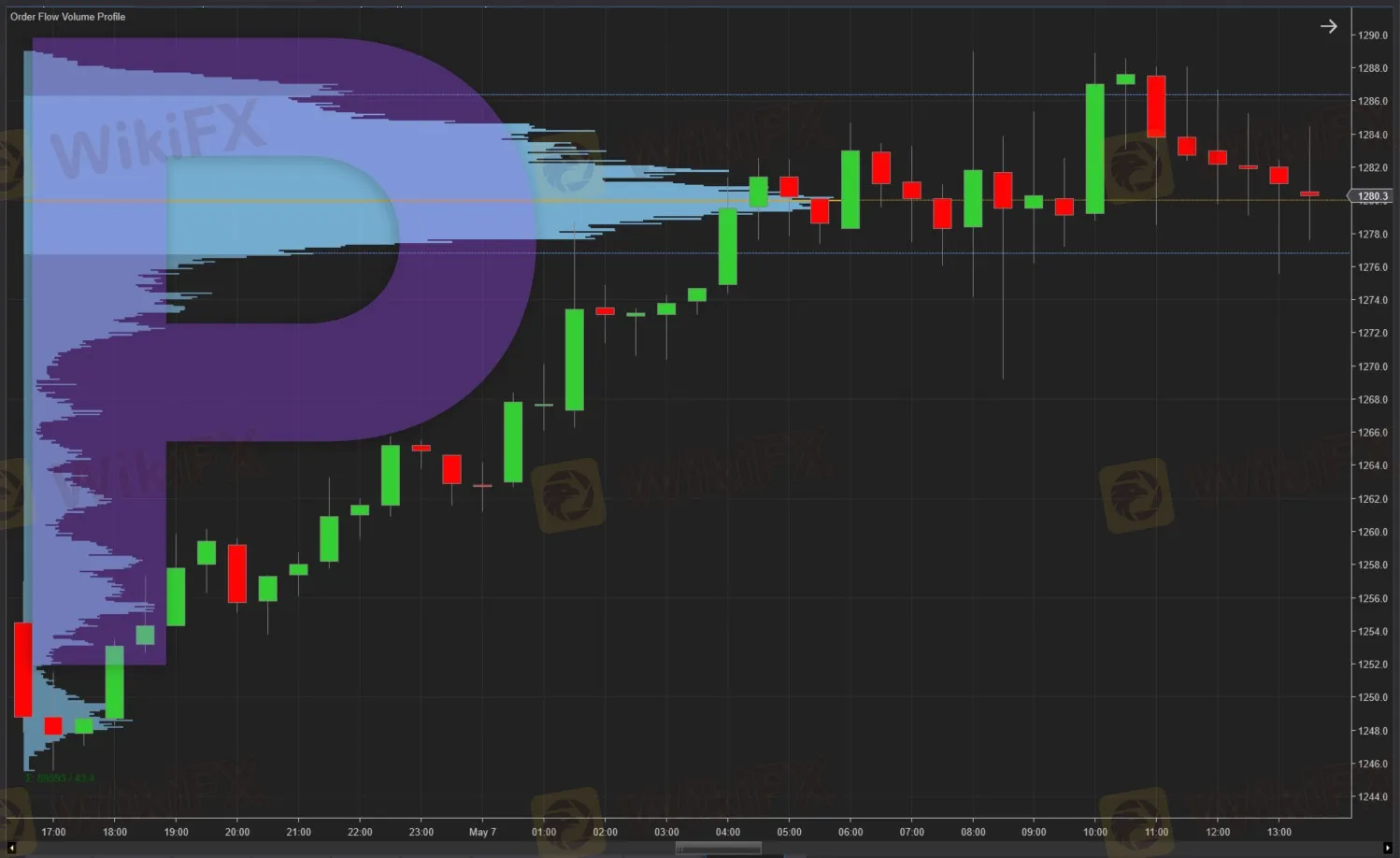
When you see a “P-shaped” profile, the market spent a short time at lower prices but stabilized at higher levels, indicating bullish strength. Traders usually look for opportunities to buy on small pullbacks toward the upper Value Area.
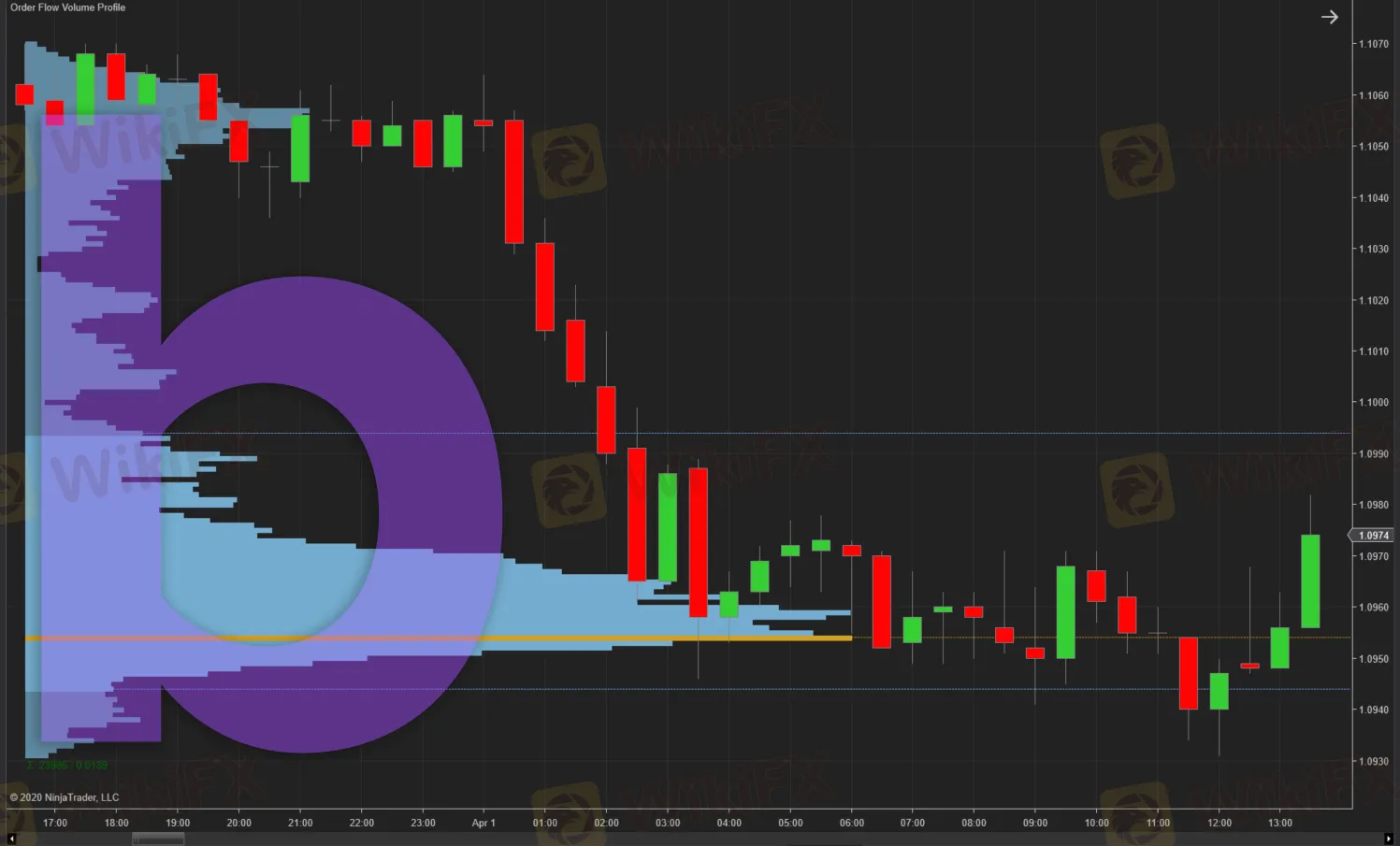
Conversely, a “b-shaped” profile reflects a bearish market, where prices stabilize after sharp declines. In this case, traders might seek short opportunities near the upper boundary of the value area during temporary rebounds.
Trading Double Distribution Days (B-shaped Profile)
On some trading days, the Market Profile might show two distinct areas of significant trading activity separated by a region of low trading volume. Traders call this a “double distribution day.”
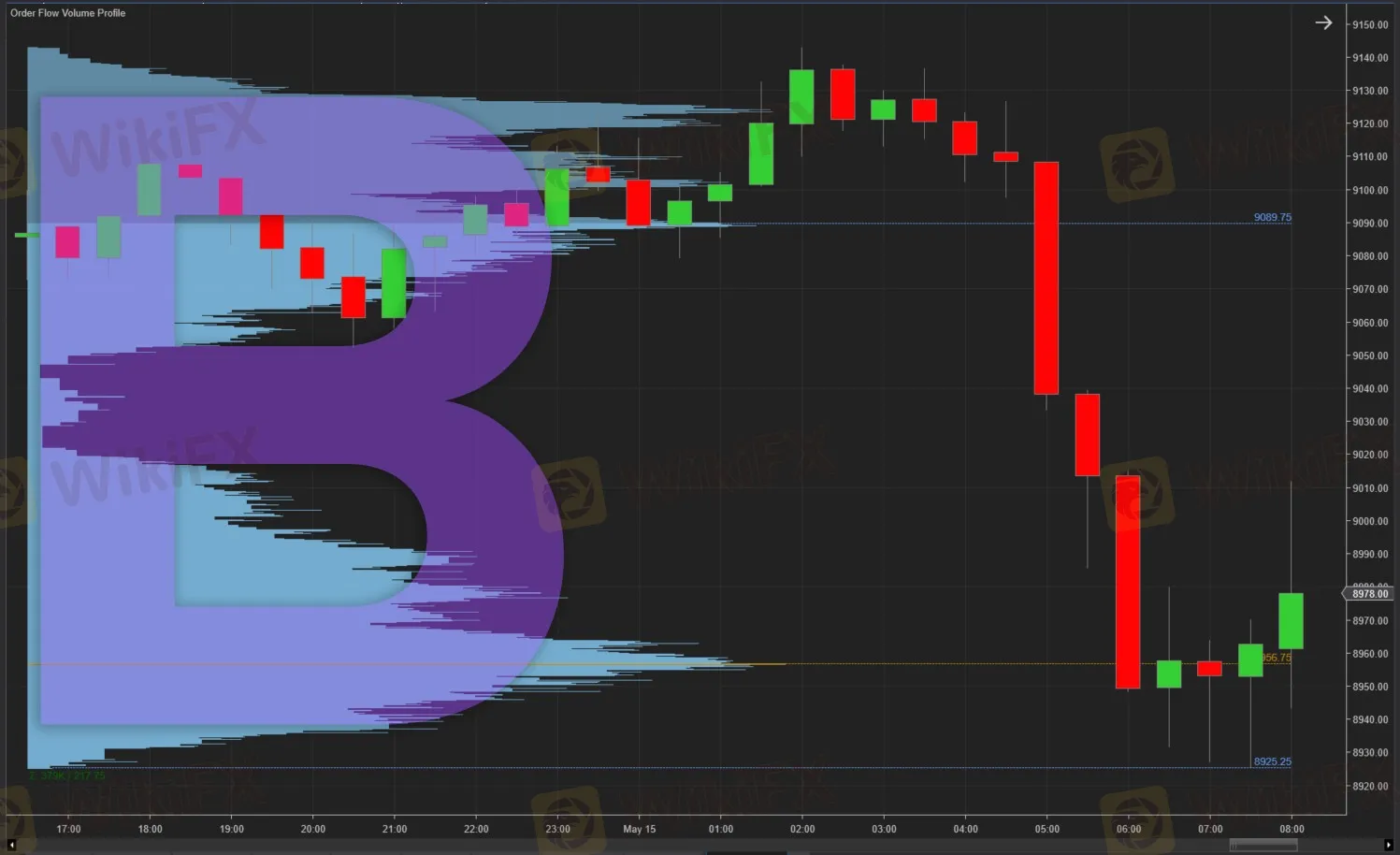
The area of low trading activity acts like a barrier. If price moves into this low-volume area again, traders expect a swift price move to the next area of high volume. These scenarios often provide clear breakout trading opportunities.
Using Market Profile in Actual Trading
Heres a realistic scenario to illustrate practical use:
Suppose yesterdays Market Profile shows a clear value area between 1.1050 (VAL) and 1.1100 (VAH), with the Point of Control at 1.1075.
If today‘s price moves above yesterday’s VAH (1.1100), observe carefully:
- A clear break above 1.1100, supported by volume, indicates market acceptance at higher prices, signaling a possible bullish continuation.
- A rejection (price returns below 1.1100 quickly) indicates that the market considers this level overvalued, suggesting a short opportunity targeting the POC at 1.1075 or lower.
By tracking these levels, traders can better anticipate market behavior and manage their positions effectively.
Common Questions Traders Ask about Market Profile
Is Market Profile suitable only for day traders?
No. Although day traders widely use it, Market Profile is equally beneficial for swing traders and long-term investors to identify key price zones and market sentiment over larger timeframes.
Which markets can I apply Market Profile to?
Market Profile can be applied to nearly any liquid market: stocks, futures, forex, commodities, and even cryptocurrencies. The key requirement is sufficient trading activity to generate meaningful profiles.
How do I get started with Market Profile?
Many popular trading platforms, such as TradingView, NinjaTrader, and Sierra Chart, provide Market Profile indicators. Traders can start by using demo accounts to familiarize themselves with reading and interpreting these charts before committing real capital.
Does Market Profile predict future market movements?
Market Profile does not directly predict future prices. Instead, it provides a clear visualization of current market sentiment and price acceptance levels. This insight helps traders understand likely future behaviors based on past and current trading patterns.
Final Thoughts: Why Market Profile Matters to Traders
In summary, Market Profile is a powerful analytical tool that clearly shows where the market sees fair value and where it doesnt. It helps traders identify key price levels, improving their timing for trade entries and exits and enhancing overall risk management.
While Market Profile does not replace traditional technical analysis methods, it complements them by offering a deeper, clearer view of market behavior. With practice, any trader—novice or experienced—can integrate Market Profile into their trading strategy to make more informed, confident decisions.
Disclaimer:
The views in this article only represent the author's personal views, and do not constitute investment advice on this platform. This platform does not guarantee the accuracy, completeness and timeliness of the information in the article, and will not be liable for any loss caused by the use of or reliance on the information in the article.
Read more

Seacrest Markets Exposed: Are You Facing Payout Denials and Spread Issues with This Prop Firm?
Seacrest Markets has garnered wrath from traders owing to a variety of reasons, including payout denials for traders winning trading challenges, high slippage causing losses, the lack of response from the customer support official to address withdrawal issues, and more. Irritated by these trading inefficiencies, a lot of traders have given a negative review of Seacrest Markets prop firm. In this article, we have shared some of them. Take a look!
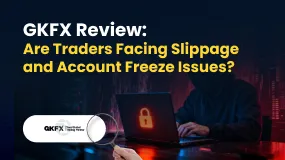
GKFX Review: Are Traders Facing Slippage and Account Freeze Issues?
Witnessing capital losses despite tall investment return assurances by GKFX officials? Do these officials sound too difficult for you to judge, whether they offer real or fake advice? Do you encounter slippage issues causing a profit reduction on the GKFX login? Is account freezing usual at GKFX? Does the United Kingdom-based forex broker prevent you from accessing withdrawals? You are not alone! In this GKFX review guide, we have shared the complaints. Take a look!
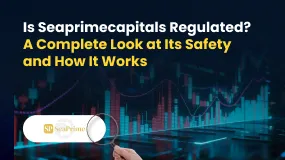
Is Seaprimecapitals Regulated? A Complete Look at Its Safety and How It Works
The straightforward answer to this important question is no. Seaprimecapitals works as a broker without proper regulation. This fact is the most important thing any trader needs to know, because it creates serious risks for your capital and how safely the company operates. While this broker offers some good features, like the popular MetaTrader 5 platform and a low starting deposit, these benefits cannot make up for the major risks that come from having no real financial supervision. This article will give you a detailed, fact-based look at Seaprimecapitals regulation, what the company claims to do, the services it provides, and the clear differences between official information and user reviews. Our purpose is to give you the information you need to make a smart decision about the risks and benefits of working with this company.

Seaprimecapitals Review 2025: A Complete Look at an Unregulated Broker
Seaprimecapitals presents a common problem for today's traders: it offers easy-to-use features and low starting costs, but it lacks important financial regulation. When traders research this broker, it looks good at first glance with features such as a $10 minimum deposit and the popular MT5 trading platform. However, these features come without the investor protections that regulated brokers provide. This review gives you a complete and fair analysis based on available information to help you make a smart decision.
WikiFX Broker
Latest News
Interactive Brokers Expands Access to Taipei Exchange
Simulated Trading Competition Experience Sharing
WinproFx Regulation: A Complete Guide to Its Licensing and Safety for Traders
Axi Review: A Data-Driven Analysis for Experienced Traders
INZO Regulation and Risk Assessment: A Data-Driven Analysis for Traders
Pepperstone CEO: “Taking Down Scam Sites Almost Every Day” Becomes “Depressing Daily Business”
The CMIA Capital Partners Scam That Cost a Remisier Almost Half a Million
Is Seaprimecapitals Regulated? A Complete Look at Its Safety and How It Works
eToro Cash ISA Launch Shakes UK Savings Market
Cleveland Fed's Hammack supports keeping rates around current 'barely restrictive' level
Currency Calculator



